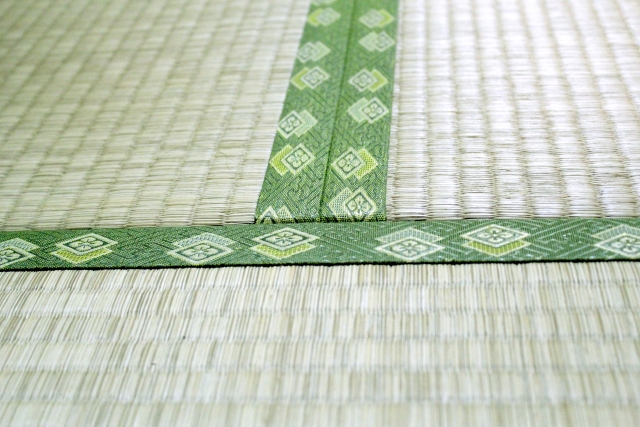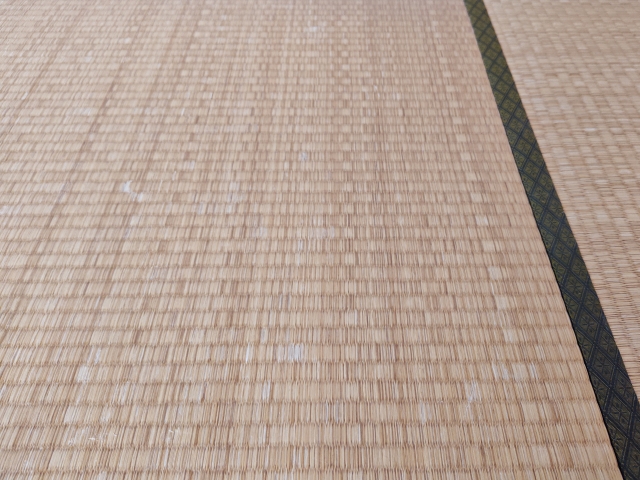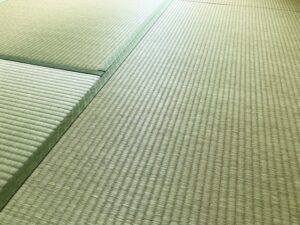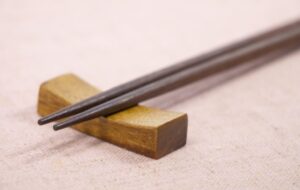JAPAN IN
ONE MINUTE 
~ Why were “tatami” mats chosen by Japanese? ~
Hey, Issy, Almis! You both said you love “tatami“, right?
So why is there no “tatami” in your house?
These days, many modern Japanese homes have switched to wooden floors or carpeting,
so it’s actually becoming less common to see “tatami” in everyday life.
But you can still find it in temples, shrines.
And, very importantly for travelers, in ryokan, which are traditional Japanese inns.
If you’re visiting Japan and want to experience “tatami“, staying in a ryokan is a great idea.
Yeah! I remember staying at a ryokan during our trip to Kyoto.
The room had “tatami” mats, and I loved the fresh, grassy smell.
It felt really calm and peaceful inside.
There’s also etiquette. For example, you should always take off your shoes before stepping on “tatami“,
and traditionally, you should avoid stepping on the edges of the mats. They’re considered sacred.

Whoa, I didn’t know that!
I hope I didn’t step on the edges…
Don’t worry, Pecco. It’s something even many Japanese people forget!
Also, when sitting on “tatami“, people often sit in seiza (kneeling) or agura (cross-legged) depending on the situation.
It’s part of the formal tradition.
Interesting! And I heard that the color changes over time?
Yes. New “tatami” is a light green color, but as time passes, it slowly turns yellow or brown.
Instead of seeing that as worn out or old, we find beauty in the aging process.
It’s similar to the “Wabi sabi” concept we talked about before, appreciating things that change and age naturally.

So even “tatami” gets better with age?
That’s kind of poetic… I like it!
Summary
“Tatami” is becoming less common in modern homes, and while it’s important not to step on the edges. Its color naturally changes from green to yellow over time.




